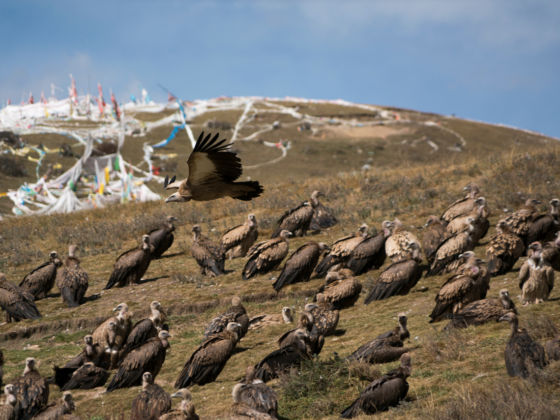THE MODERN DICTIONARY defines the word ‘burial’ as placing a body in the ground.
But burying the deceased was not always the case.
Just as primitive man has long worshiped the four elements of Earth, Sky, Water, and Fire, so too have these elements taken their place in burial practices as diverse as the different tribes of the earth.
The way mankind deals with its dead says a great deal about those left to carry on. Burial practices are windows to a culture that speak volumes about how it lives.
As we are told in Genesis, man comes from dust, and returns to it. We have found many different ways to return. Here are 10 that I found particularly fascinating:
